Federal election 2022: Can LNP, Labor, UAP or others beat KAP in Kennedy federal election?
Guns, geography and good old government grease may provide the major parties’ best chance at realising their dream of dropping the guillotine on Bob Katter.
Cairns
Don't miss out on the headlines from Cairns. Followed categories will be added to My News.
GUNS, geography and good old government grease may provide the major parties’ best chance at realising their dream of dropping the guillotine on Bob Katter.
MAY 18: GUNS, geography and good old government grease may provide the major parties’ best chance at realising their dream of dropping the guillotine on Bob Katter.
The veteran crossbench MP’s grip on the seat of Kennedy is a thing of legend.He has 10 consecutive wins under his belt and betting agencies deem him as close to a sure-thing as possible with $1.01 odds across the board.
Rolling the colourful politician seems an insurmountable task – but Kennedy in 2022 is not the same as it was a decade ago.
Boundary redistributions, southern population shift and campaigning styles have changed the face of the race, but one question remains.If not Katter, then who?
Results from the 2019 election suggest LNP candidate Bryce Macdonald would be the most likely candidate to cause an upset, though he has a lot of ground to make up.
Mr Katter was 12,401 votes ahead of his closest challenger at the last ballot, locking down 40.96 per cent of primary votes compared to 27.48 per cent for the LNP.
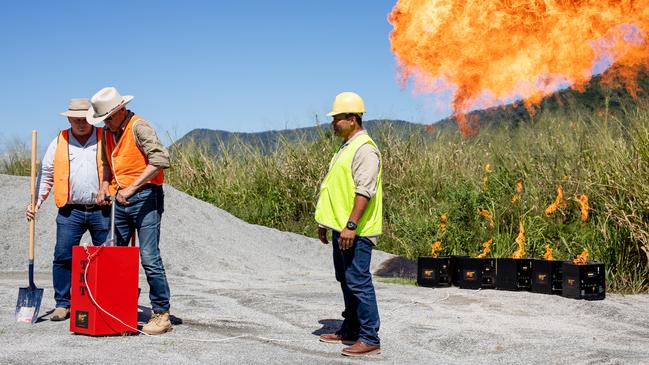
Labor was back in third on just 16.98 per cent, followed by the United Australia Party on 6.66 per cent.It was a swing towards Mr Katter, but booth-by-booth data showed he had ground to make up in some of his newest hunting grounds.
A 2018 boundary redistribution led to the entirety of Bentley Park, Edmonton and Wrights Creek swapping from Leichhardt to Kennedy.
Parts of Mount Sheridan and Portsmith were also added, effectively moving the electorate’s power and population base from the North to the Far North.
Mr Katter fell behind Labor at the Bentley Park booth in 2019 – his closest to the Cairns CBD – with the LNP close at his heels.New Cairns Post exit polling conducted at early voting booths suggests the Kat in the Hat should romp it home in Atherton, where 40 per cent of respondents said he was their first preference.
The LNP was back on 26 per cent, with Labor candidate Jason Brandon at 16 per cent, and United Australia Party candidate Peter Campion on 4 per cent.
It was a very different story in Mount Sheridan, where Labor was on 38 per cent ahead of the LNP on 34 per cent and Katter’s Australian Party on 16 per cent.

The numbers are just a snapshot of one morning – but they suggest Mr Katter’s biggest threat lies in the city. Labor and the LNP realise this and have made bipartisan $107.5m pledges for the Cairns water security project on the city’s southern fringe.
“I’ve never paid any attention to who’s running against me,” Mr Katter said.
“Kennedy has always been Labor country, but our party is the real Labor.
“If you look at southern Cairns, Mareeba, all those places, they’re hardcore Labor.”
Mr Katter has ramped up his Cairns-based campaigning in recent years, repeatedly claiming massive federal Bruce Highway spending as evidence of his political prowess, and prosecuting a potential vote-spinner with a $1.5bn plan to build a Bridle Track tunnel to connect Cairns to the Tablelands.
If he is worried about the widespread negative headlines his controversial comments about arming every Australian schoolkid triggered last month, there was no sign of it on Tuesday.
Mr Katter and his Leichhardt candidate Rod Jensen set off flares in a quarry to signify their plan to “blast” the major parties for refusing to commit to the project.
“If we can get two or three KAP MPs on the crossbench, then North Queensland and Far North Queensland will be in a powerful position. Far North Queensland will be in power, and we will set a deadline on the Federal Government for construction of the Bridle Track Tunnel,” he said.
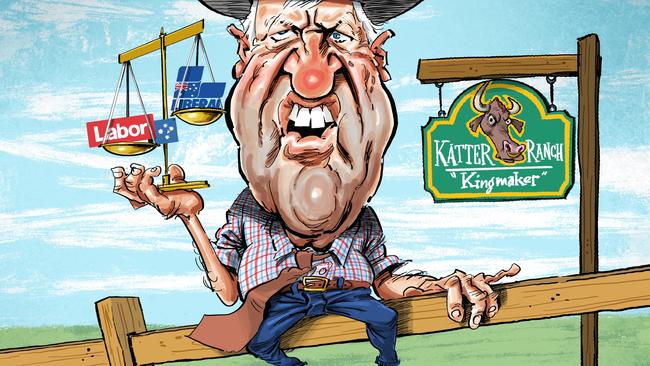
Katter’s Australian Party is not stretching itself too thin, running candidates in only four lower-house seats and one senate slot.
With national polls suggesting the major parties are on the nose, Mr Katter is being characteristically bold about his chances of getting his $1.5bn plan on the table.
APRIL 15: The Kennedy MP is no fan of small-lot subdivisions and says Cairns and its surrounds risk becoming like capital cities where wide-open spaces are a rarity.
He has used the point to add teeth to Katter’s Australian Party’s calls for funds to build a new Bridle Track tunnel from Cairns to the Tablelands.
Mr Katter said that infrastructure would allow new residential acreages to be developed in places like Koah, Speewah and Davies Creek.
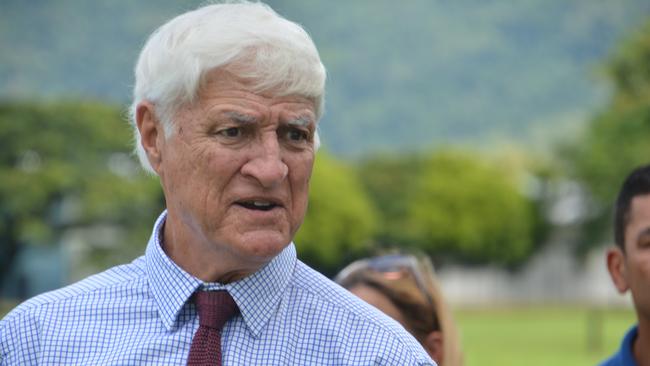
“This will allow a 19-minute commute to and from work, but more importantly for kids to grow up playing rugby league in the backyard, riding motorbikes, boiling a billy, camping, and shooting,” he said.
“The great attraction of Far North Queensland is the open spaces.
“So, I don’t know why we have moved to having slum housing blocks like Sydney, Melbourne and Brisbane.
“They have no place up here.
“So, let’s punch a hole through the range, and open up the land for affordable housing.
“Let our people have their own kingdoms.”
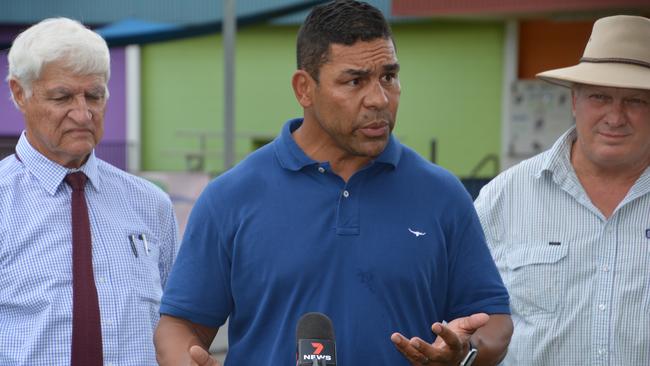
Lot sizes are on the slide in Cairns as the city contends with population growth and a linear geography with mountains on one side and the ocean on the other – neither of which are much good for building lifestyle blocks.
However, not everyone is against the reduction of lot sizes.
Increased population density reduces the need for expensive public trunk infrastructure and, if properly designed, can create thriving communities.
Cairns Regional Council’s own Designing for Density in the Tropics document was signed off last year to help direct developers and builders towards good design principles – although it is just a guide without any statutory implications.
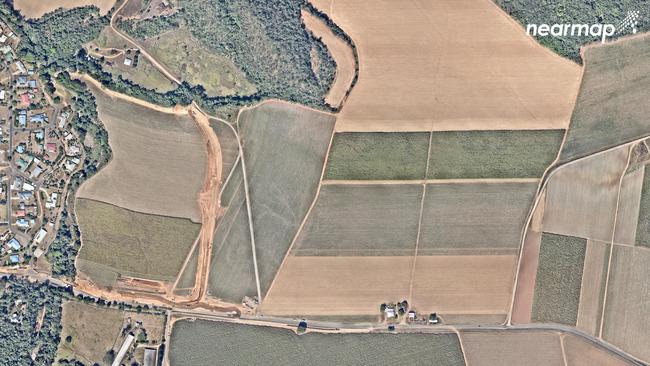
“It is understood that higher densities will not only be achieved through medium to high-rise apartments, but also through newer typologies that are lower rise and fit within the Cairns character,” the document said.
At the time of its release, Planning Institute of Australia planner of the year Nikki Huddy said the guide was an important document, even if it was tethered by unnecessary constraints.
“Density is not a dirty word,” she declared.
“Infill development is usually controversial when it’s in your street, but when you look at the big picture it’s a really important part of planning for Cairns.
“Yes, you get improved efficiency in the use of infrastructure – which doesn’t float anyone’s boat – but if we don’t do this right we are going to be developing over the Mulgrave River and into Aloomba.”
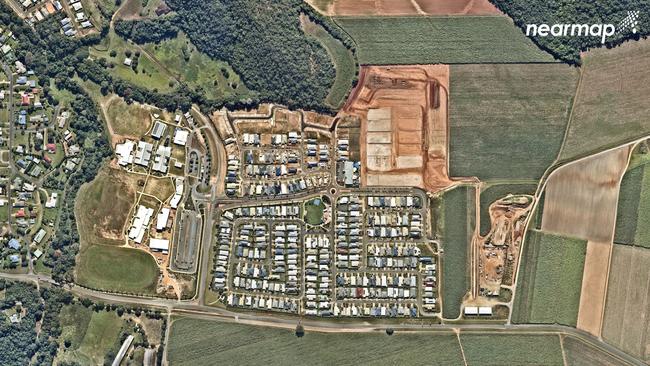
The Kennedy electorate takes in all of Cairns’ suburbs from Bentley Park south, following its most recent boundary redistribution.
That includes Mount Peter, which has been flagged as the city’s most important growth corridor over the coming decade and is already subject to multiple large-scale subdivisions – some of which have larger lots.
Mr Katter said the federal government should intervene in the process of subdivisions, despite them falling directly under the jurisdiction of local and state governments.

“The restrictions and requirements of subdivisions have jacked up the price of a block of land to over $100,000 to $200,000,” Mr Katter said.
“The costs of curbing, channelling, headworks charges et cetera have made the costs astronomical.
“The cost to construct a house has also risen, you need to put scaffolding around it during construction which costs $25,000, and you must have insulation now which costs $50,000.
“The Federal Government is handing out money for people to build houses which means demand is increasing but supply is decreasing.
“All this does is increase property prices.”
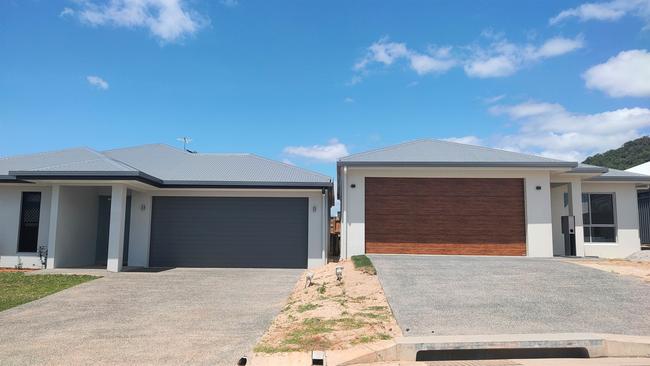
Under his vision, the federal government would be in charge of creating acreage block subdivisions without state and local government restrictions.
“Charters Towers used to be under the Mining Act, and we had no restrictions on subdivisions and a block of land cost you $7000,” he said.
“When we went under the restrictive State and Local Government Act the price of a block went through the roof to $140,000 then settled back to $70,000.
“The restrictions are increasing the cost of land by ten-fold.”
Mr Katter said it was critical acreage housing developments did not encroach on agricultural land.
“The long-term viability of sugar mills and other crops is crucial to the economy of North Queensland, so we’ve got to be careful here,” he said.
More Coverage
Originally published as Federal election 2022: Can LNP, Labor, UAP or others beat KAP in Kennedy federal election?




